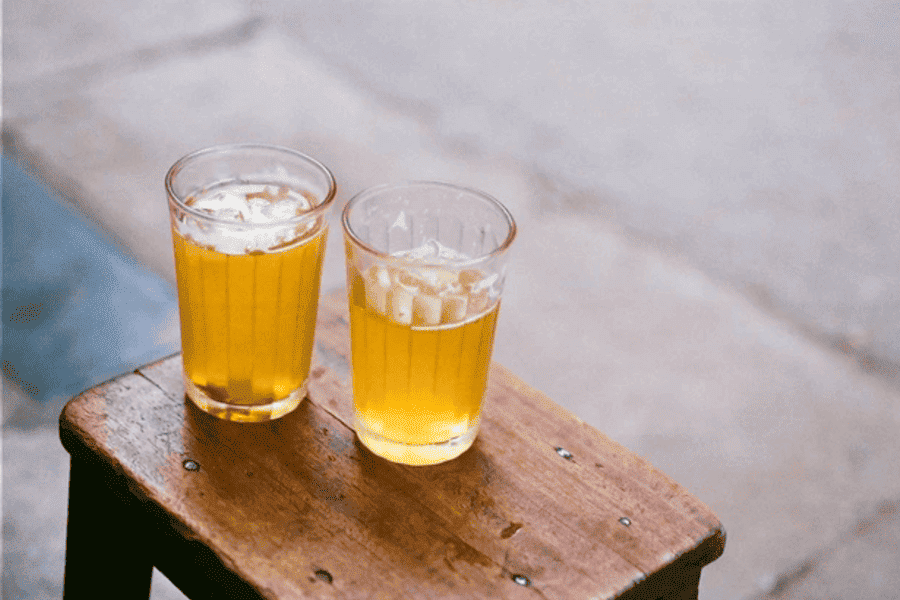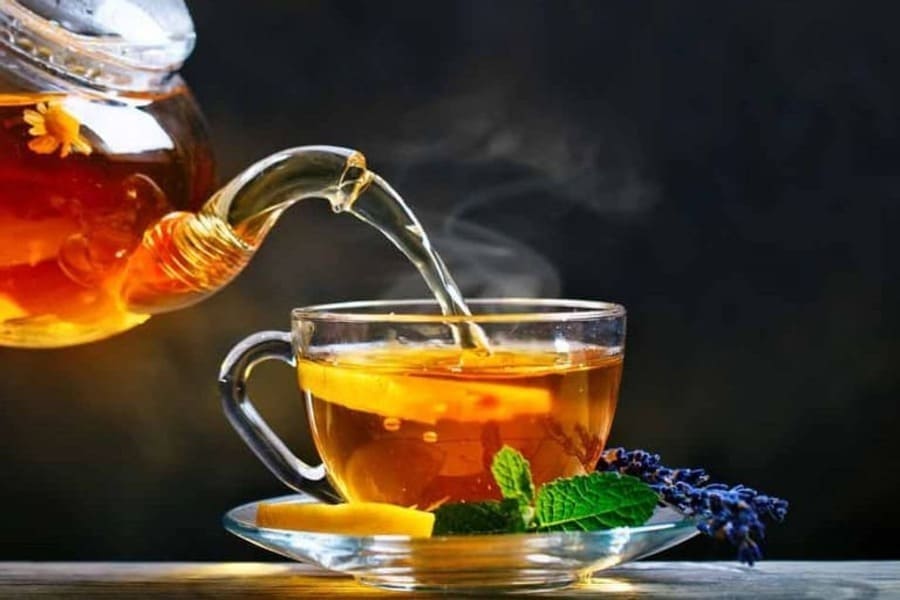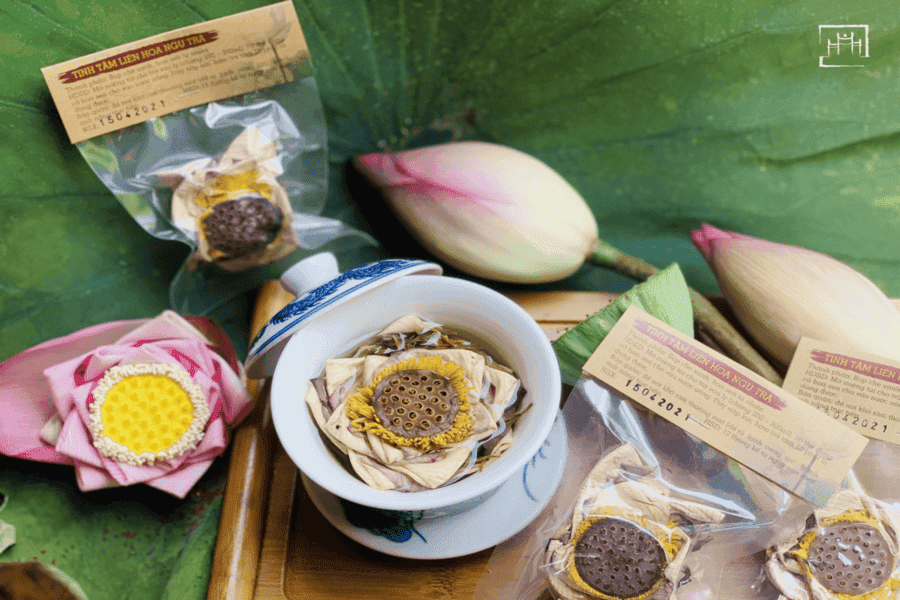When travelers think of Vietnam’s iconic beverages, cà phê sữa đá often steals the spotlight. But beyond the coffee culture lies an equally rich and often overlooked tradition: tea in Vietnam. Whether it’s the humble glass of trà đá on every street corner or the refined art of brewing lotus tea, Vietnam’s tea culture runs deep, tied to centuries of tradition, family rituals, and daily life. Experience this vibrant tea heritage firsthand in Vietnam & Cambodia tours, where authentic cultural journeys bring Vietnam’s traditions to life.
Here are some notable things you should know about tea in Vietnam
1. A Quiet Legacy: The Origins of Tea in Vietnam
Unlike the dramatic tea ceremonies of Japan or the imperial rituals of China, tea in Vietnam carries a subtler, more grounded presence. Its roots trace back thousands of years, shaped by both Chinese influence and indigenous beliefs. Archaeological findings show evidence of tea consumption as early as 1000 BCE, particularly in the mountainous northern regions, where wild tea trees still grow today.
In Vietnam, tea is not reserved for special occasions. It is a daily companion — poured for guests as a sign of welcome, offered at ancestor altars as a token of respect, or sipped slowly during calm conversations between friends. This understated reverence has preserved tea in Vietnam as a quiet but essential part of the culture.
2. Trà Đá: The People’s Tea
Step into any street food stall or roadside café and you’ll likely be served a free glass of trà đá — iced green tea. Refreshing and slightly bitter, trà đá is the humble hero of Vietnam’s sweltering climate. More than just a thirst-quencher, it’s a silent invitation to linger longer, to sit and talk.

In Hanoi, trà đá is often paired with sunflower seeds in the evenings as groups of friends gather around low plastic stools. In Ho Chi Minh City, it’s a backdrop to fast-paced conversations or quick lunches. Though simple, tea in Vietnam in this form reflects hospitality and a shared rhythm of daily life.
3. Trà Nóng: Warming the Soul
While trà đá cools the body, trà nóng – hot tea – warms the spirit. Typically served in small ceramic cups, hot tea is a staple during the colder months in the north or in the evenings after a meal. Green tea, jasmine tea, and oolong are most common, though the specific flavor varies by region.

In central and northern provinces, many households grow their own tea or buy loose-leaf varieties from trusted mountain growers. Unlike tea bags, which are becoming more popular among younger generations, traditional tea in Vietnam values the texture, aroma, and layered taste of whole leaves.
4. Lotus Tea and the Poetry of Vietnamese Elegance
Perhaps the most poetic expression of tea in Vietnam is trà sen – lotus tea. In this refined preparation, green tea is infused with the scent of lotus flowers, harvested before dawn from Hanoi’s West Lake. The process is meticulous: each lotus flower is filled with tea leaves, then carefully tied shut and left to absorb the fragrance overnight.

This fragrant tea was once reserved for royalty and is still considered a delicacy today. A cup of trà sen is more than a drink; it’s a sensory experience that reflects the Vietnamese appreciation for subtlety, harmony, and nature.
5. Tea Houses: Old and New
Modern tea culture is experiencing a revival, particularly in Hanoi and Hue, where teahouses blend traditional aesthetics with modern hospitality. These quiet spaces attract students, artists, and tourists looking to connect with Vietnamese culture in a peaceful setting.
Places like Trà Quán in Hanoi or Trà Thất Tịnh Tâm in Hue are examples of how tea in Vietnam continues to evolve. Here, guests are guided through the brewing process, encouraged to slow down, breathe deeply, and appreciate the tea’s natural notes — a contrast to the fast-paced coffee culture dominating city streets.
6. Beyond the Cup: Tea as Ritual and Remedy
In Vietnam, tea is more than just a beverage. It is a tool for meditation, a natural remedy, and a bridge between generations. Elderly people may drink tea infused with ginger, pandan leaves, or artichoke to aid digestion and cool the liver. Buddhist monks incorporate tea meditation (trà đạo) into daily practice to cultivate mindfulness.
These practices reveal how tea in Vietnam is deeply integrated into both spiritual and physical well-being. Its value lies not in luxury but in quiet resilience and timeless simplicity.
7. A Final Sip
In the world of Vietnamese drinks, coffee may dominate headlines, but tea holds the soul of tradition. From roadside stalls to sacred temples, from plastic cups to porcelain pots, tea in Vietnam carries the stories of everyday life – quiet, fragrant, and enduring.
So next time you visit Vietnam, don’t just ask for coffee. Ask for tea. You’ll be surprised how much of the country you can taste in a single sip.

0 Comment